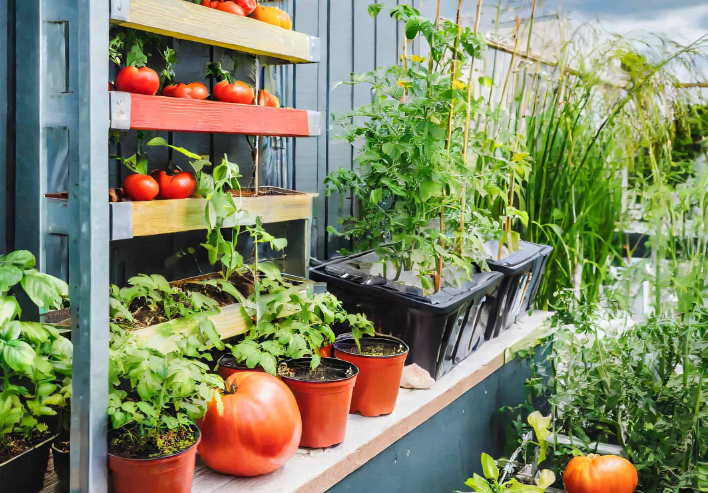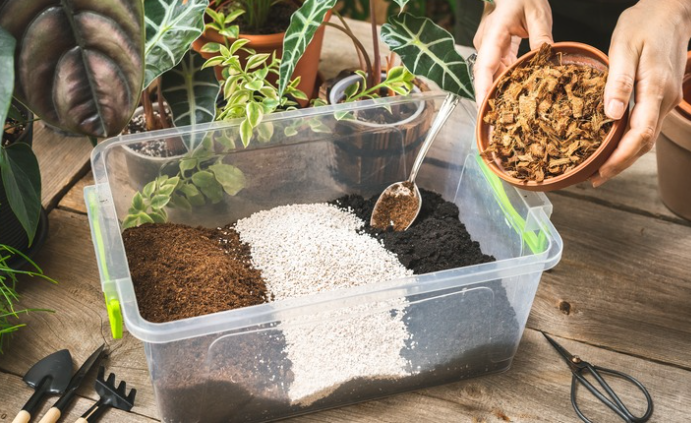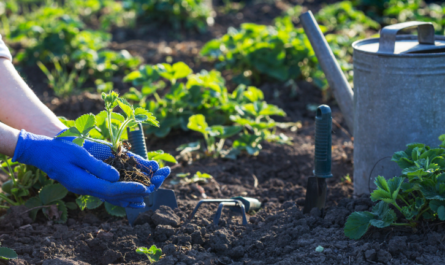Urban gardening is a rewarding and practical way to bring nature into your city life. Whether you live in an apartment with a small balcony or a house with a tiny backyard, you can still enjoy the benefits of gardening. This guide will walk you through the basics of urban gardening, helping you to grow green in small spaces.
Why Urban Gardening?

Urban gardening offers numerous benefits:
- Health and Wellbeing: Growing plants can reduce stress, improve mental health, and provide a sense of accomplishment.
- Fresh Produce: Enjoy fresh, organic vegetables and herbs right from your garden.
- Environmental Impact: Plants improve air quality, reduce heat islands, and contribute to biodiversity.
- Community Building: Urban gardens can bring neighbors together, fostering a sense of community.
Getting Started Urban Gardening
Assess Your Space
The first step is understanding your available space:
- Balcony or Patio: Even a small balcony can host a variety of plants in containers.
- Windowsills: Sunny windowsills are perfect for herbs and small vegetables.
- Rooftops: If you have access to a rooftop, you can create a more extensive garden.
- Vertical Space: Use walls or railings for vertical gardens to maximize space.
Light and Climate
Plants need sunlight to thrive. Observe how much sunlight your space receives:
- Full Sun: 6-8 hours of direct sunlight per day.
- Partial Sun: 3-6 hours of direct sunlight per day.
- Shade: Less than 3 hours of direct sunlight per day.
Choose plants that match your light conditions. For example, tomatoes and peppers need full sun, while leafy greens like spinach and lettuce can tolerate partial shade.
Containers and Soil for Urban Gardening

In urban environments, container gardening is often the best option. Here’s what you need to know:
- Containers: Use pots, hanging baskets, or window boxes. Ensure they have drainage holes to prevent waterlogging.
- Soil: Use high-quality potting soil. Avoid garden soil, which can be too heavy for containers.
Watering Urban Gardening
Urban gardens tend to dry out quickly, so regular watering is crucial. Consider the following tips:
- Watering Schedule: Water in the early morning or late afternoon to minimize evaporation.
- Self-watering Systems: Use self-watering containers or drip irrigation systems to maintain consistent moisture levels.
- Mulching: Apply mulch to the soil surface to retain moisture.
Choosing Plants
Select plants that are well-suited to container gardening and your light conditions. Here are some great options for beginners:
Herbs
- Basil
- Mint
- Thyme
- Parsley
Vegetables
- Cherry Tomatoes
- Lettuce
- Radishes
- Peppers
Flowers
- Marigolds
- Petunias
- Pansies
- Geraniums
Vertical Gardening

Maximize your space by growing plants vertically. Here are some ideas:
- Trellises: Support climbing plants like beans, peas, and cucumbers.
- Hanging Planters: Grow plants like strawberries or trailing flowers.
- Wall Planters: Use wall-mounted planters for herbs and small vegetables.
Maintenance Tips for Urban Gardening
Keep your urban garden thriving with these maintenance tips:
- Pruning: Regularly prune your plants to encourage growth and prevent disease.
- Fertilizing: Use organic fertilizers to provide essential nutrients.
- Pest Control: Monitor for pests and use natural remedies like neem oil or insecticidal soap.
Harvesting
Enjoy the fruits of your labor by harvesting your crops:
- Herbs: Harvest leaves regularly to promote new growth.
- Vegetables: Pick vegetables when they are ripe for the best flavor.
- Flowers: Deadhead spent blooms to encourage more flowers.
Conclusion
Urban gardening is a fulfilling way to connect with nature and enjoy fresh, homegrown produce, even in the heart of the city. By assessing your space, choosing the right plants, and following proper care techniques, you can create a thriving garden in any small space. So, grab your gardening tools and start growing green today!
